The H/Z-100 Series Computer
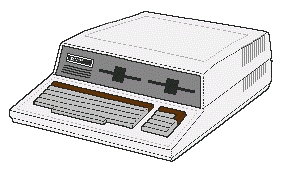
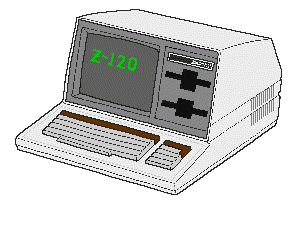
The Z-110 Low-Profile Computer The Z-120 All-In-One Computer
The first computers were kits from Heathkit Co. The Low-Profile, H-110 series computer required a separate RGB or composite monitor. Zenith offered the fully assembled version as the Z-110. The Zenith version of the H-120 All-In-One was the Z-120 series. When first shipped both Z-110 and Z-120 featured:
- 64 to 192k motherboard RAM
- Internal yellow (rare) or green (more popular) display in the Z-120
- Green (std) 32k or 64k RAM monochrome video planes for the Z-120, or
- 64k video RAM (RGB) for 8 color video for a separate monitor (either)
- 25x80 text or graphics characters
- 5 MHz 8085 8-bit CPU for CP/M
- 5 MHz 8088 16-bit CPU for DOS
- Dual full-height floppy drives, or
- One floppy & one full-height 5Mb "Winchester" hard drive
- Two serial ports (DTE & DCE)
- One parallel port
- Light pen port
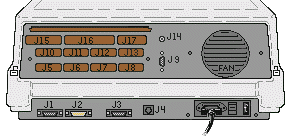
Rear Panel of the Z-110 Low-Profile Computer
The back of both computers is very similar, except that J14 in the Z-110 is a composite video phono jack. In the Z-120, this is a brightness control. Other features are:
- Power switch in lower right corner
- A 110v - 220v line switch
- Standard power cord
- A rather noisy 3" box fan
- J1 - RS-232 DCE serial connector
- J2 - RS-232 DTE serial connector
- J3 - Female DB-25 parallel connector
- J4 - Light Pen connector
- J9 - RGB 9-pin video out connector
- J14 - Composite video or brightness
- Several other connector positions; unused and covered
Zenith's Z-100 Production Enhancements
While the only physical external change was to the front panel to accommodate half-height drives, by the end of production, Zenith had made several enhancements to the standard Z-100:
- Half-height, double-density 5-1/2" floppy drives
- New enhanced 8 MHz motherboard
- 768k RAM maximum
- ROM versions 2.5, 2.8, & 2.9
- Optional Z-204 multi-port board
- Optional Z-205 256k RAM board
- Optional full-height 10 Mb hard drive
- Optional 8087 co-processor board
- Optional ZClock date/time clock
Z-100 Modifications
Other vendors, suppliers, users, and clubs developed their own enhancements for the Z-100:
- 768k RAM kit for old motherboard
- Selectable 5-7.5 MHz speedup
- Commercial speedup kits to 10 MHz
- At least one unit operated @ 14 MHz!
- 8087 co-processor board
- MFM hard drives > 32 Mb
- SCSI hard drives >64 Mb
- ZCLK Calendar/Clock Board
- SmartWatch internal date/time clock
- 1Mb memory board
- Z-205 memory board 1Mb RAM drive
- LifeLine SCSI/EEPROM board giving SCSI hard drive capability and fast EEPROM bootup!
- MTR-ROM v3.x and v4.x for support of modified Z-DOS v4.x
- LifeLine IDE/NVsRAM board giving fast NVsRAM bootup Real Time Clock, and IDE device capability, including:
- IDE Hard Drives
- Compact Flash Memory
- Separate keyboard for computer
- ZCLK2 Calendar/Clock Board (2018)
Z-100 PC Emulation
The Z-100 is NOT IBM-PC compatible - mostly because Graphics are treated differently, and the PC used different BIOS calls and I/O Ports. So, of critical importance was the need to run the up and coming, more popular IBM-PC software. People wanted PC compatibility as PC-clones were quickly gaining popularity. Several vendors engineered solutions with reasonable success:
- Patrick Swayne of the National HUG (Heath Users' Group) developed a software solution called ZPC with limited success. The biggest problem being the differences in handling screen graphics and interrupts.
- Patrick Swayne then also developed a ZHS board as a hardware solution to improve the success of ZPC.
- The ZHS concept was expanded and enhanced by Scottie Systems into the Scottie Board, but still required the use of ZPC.
- Shortly after, GEMINI & EASYPC became available:
- The GEMINI Board, from D.E.L. Professional Systems was a daughter board that attached directly to the motherboard via the 8088 CPU. It had a socket to add an 8087 co-processor chip. It also had an additional, optional sound board.
- The EASYPC from UCI Corporation was comprised of a daughter board, new floppy controller board, and another S-100 video board. It had sound included.
- Both the GEMINI Board and EASYPC System provided excellent PC emulation - about 90% success. The only main downside was that each required the installation of a separate Zenith version of PC-DOS in a separate partition of the hard drive.
Z-100 Graphics
As we already mentioned above, the Z-100 is NOT IBM-PC compatible - mostly because Graphics are treated differently. However, the native graphics are still quite impressive. The pictures above are from my graphics program, PAINT100. For a complete explanation of the differences, please see the article: Z-100 Graphics.

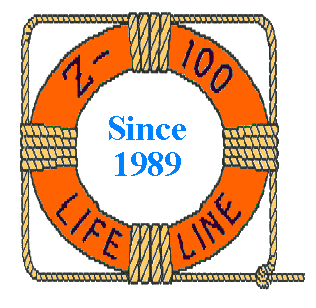

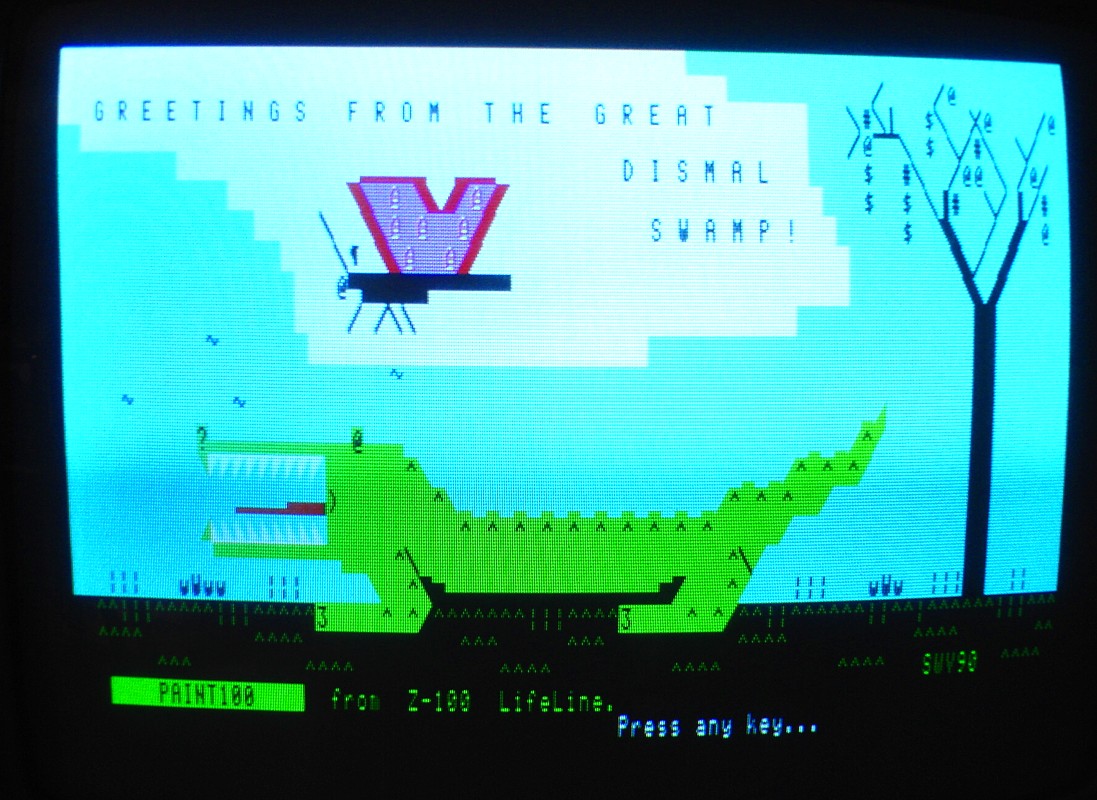
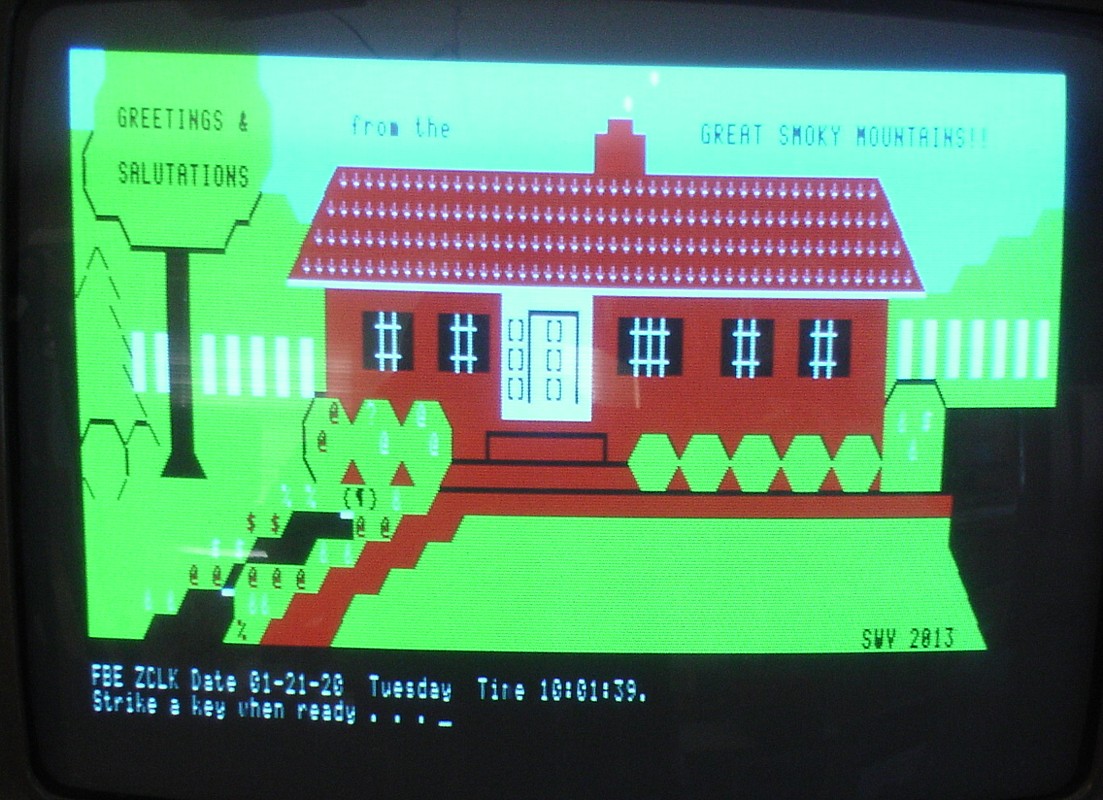






 "Web hosting so good you'll tell your friends."
"Web hosting so good you'll tell your friends."